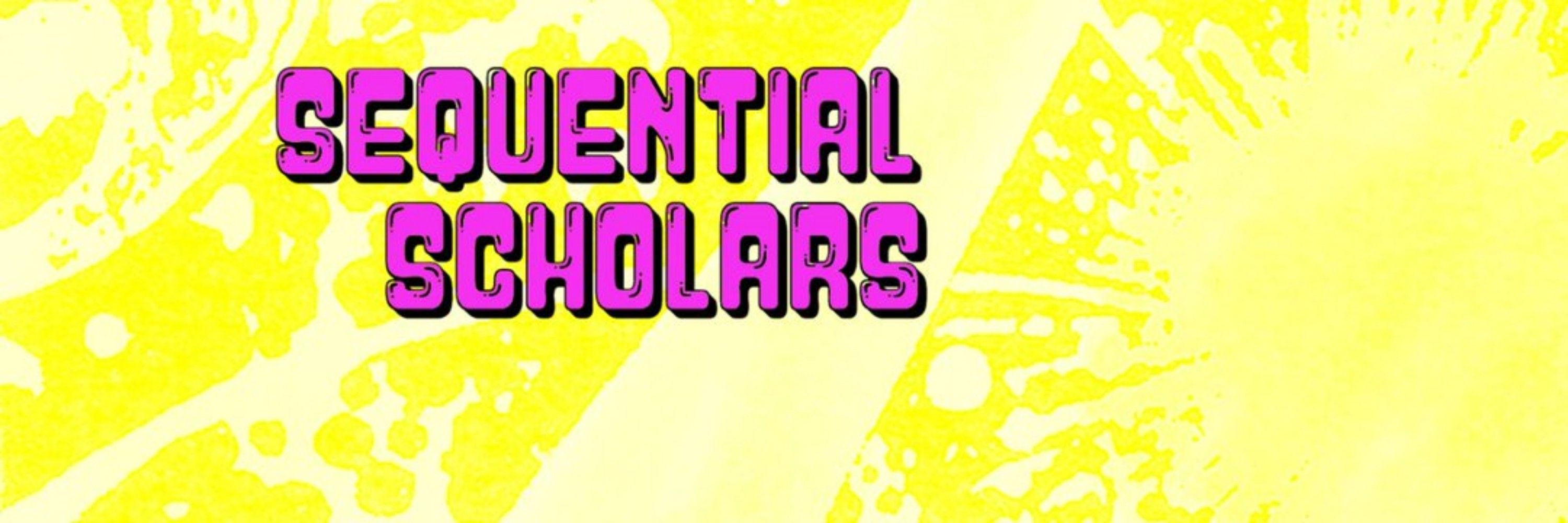Sequential Scholars
Academics reading and celebrating the style, substance, and sublimity of all kinds of comics. By scholars, for everyone. Led by @annapeppard.bsky.social & Dr. J. Andrew Deman.
Racial Metaphor in "The Vision"youtu.be Themes of passing & prejudice and the pursuit of truth & justice should make superhero comics well-suited to discussing racial politics. However, the frequen...
Gabriel Walta's Uncanny Pencils in "The Vision"www.youtube.com In “The Vision,” penciler Gabriel Hernández Walta’s unique style empowers the eerie silences and punctuating moments of violent eruption to create a rare and powerful atmospheric anxiety that drives the story onward and signals many of its key themes.
"The Vision" and "The Stepford Wives"youtu.be The Vision features intertexts with various Marvel series, but also some deeply important connective tissue with “The Stepford Wives,” a story that notably i...
